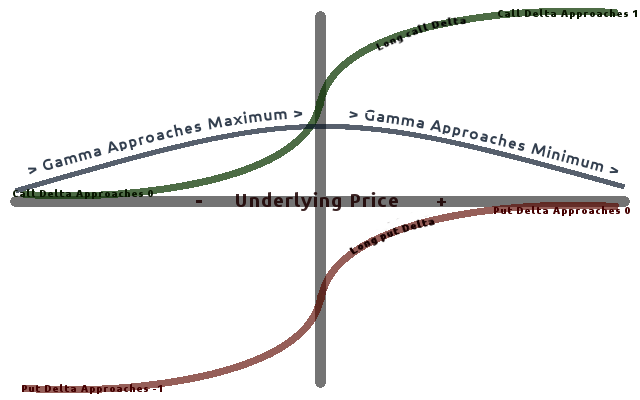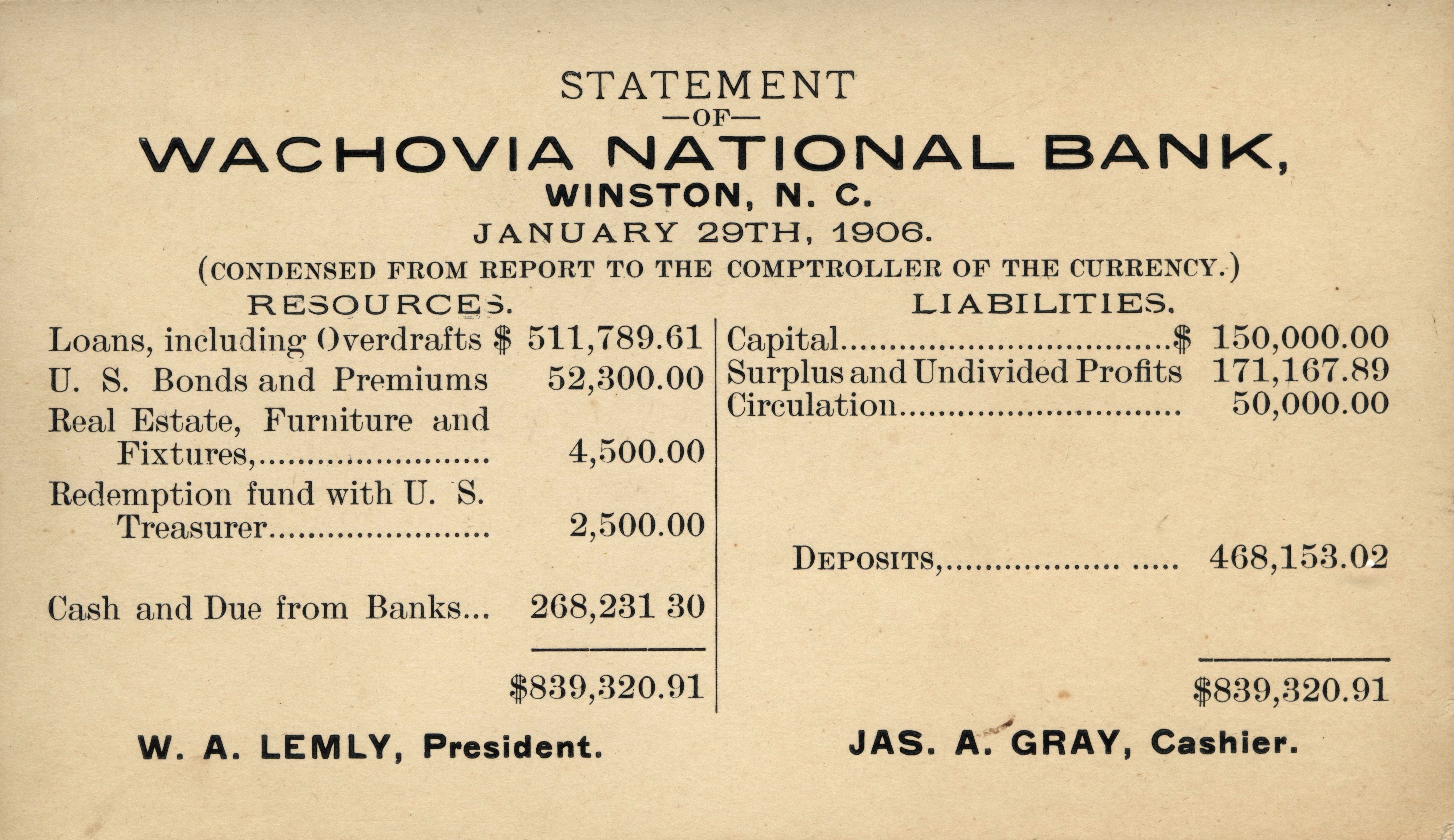|
PnL Explained
In investment banking, PnL Explained (also called P&L Explain, P&L Attribution or Profit and Loss Explained) is an income statement with commentary that attributes or ''explains'' the daily fluctuation in the value of a portfolio of trades to the root causes of the changes. The report is produced by product control; and is used by traders – especially desks dealing in derivatives ( swaps and options) and interest rate products. P&L is the day-over-day change in the value of a portfolio of trades typically calculated using the following formula: PnL = Value today - Value from Prior Day Report A PnL Explained Report will usually contain one row per trade or group of trades and will have at a minimum these columns:200 * Column 1: PnL - This is the PnL as calculated outside of the PnL Explained report * Column 2: PnL Explained - This is the sum of the explanatory columns * Column 3: PnL Unexplained - This is calculated as PnL minus PnL Explained (i.e., Column 1 - Column 2) ... [...More Info...] [...Related Items...] OR: [Wikipedia] [Google] [Baidu] |
Investment Banking
Investment banking pertains to certain activities of a financial services company or a corporate division that consist in advisory-based financial transactions on behalf of individuals, corporations, and governments. Traditionally associated with corporate finance, such a bank might assist in raising financial capital by underwriting or acting as the client's agent in the issuance of debt or equity securities. An investment bank may also assist companies involved in mergers and acquisitions (M&A) and provide ancillary services such as market making, trading of derivatives and equity securities, FICC services ( fixed income instruments, currencies, and commodities) or research (macroeconomic, credit or equity research). Most investment banks maintain prime brokerage and asset management departments in conjunction with their investment research businesses. As an industry, it is broken up into the Bulge Bracket (upper tier), Middle Market (mid-level businesses), and boutique ... [...More Info...] [...Related Items...] OR: [Wikipedia] [Google] [Baidu] |
Income Statement
An income statement or profit and loss accountProfessional English in Use - Finance, Cambridge University Press, p. 10 (also referred to as a ''profit and loss statement'' (P&L), ''statement of profit or loss'', ''revenue statement'', ''statement of financial performance'', ''earnings statement'', ''statement of earnings'', ''operating statement'', or ''statement of operations'') is one of the financial statements of a company and shows the company's revenues and expenses during a particular period. It indicates how the revenues (also known as the ''“top line”'') are transformed into the net income or net profit (the result after all revenues and expenses have been accounted for). The purpose of the income statement is to show managers and investors whether the company made money (profit) or lost money (loss) during the period being reported. An income statement represents a period of time (as does the cash flow statement). This contrasts with the balance sheet, which repre ... [...More Info...] [...Related Items...] OR: [Wikipedia] [Google] [Baidu] |
Product Control
Product Control is a control and support function, responsible for ensuring accurate financial reporting for trading, lending and treasury desks. The function is typically located within investment banking, corporate treasuries, hedge funds and more recently, crypto trading firms. See Middle office and . Given the responsibility for the financials, outlined below, Product Control is most commonly located within the Finance function, reporting into the CFO. The controllers are then assigned to a particular asset class, for example the Credit, Rates or FX desks Product Control produces the daily profit and loss ("P&L") and balance sheet, which internal stakeholders (like the business, financial control, management reporting) all rely upon to assess the performance of the business. These results also make their way outside the organisation and are consumed by regulators - such as the Federal Reserve or the European Central Bank. Product Control also assists the business with the onboa ... [...More Info...] [...Related Items...] OR: [Wikipedia] [Google] [Baidu] |
Trader (finance)
A trader is a person, firm, or entity in finance who buys and sells financial instruments, such as forex, cryptocurrencies, stocks, bonds, commodities, derivatives, and mutual funds in the capacity of agent, hedger, arbitrageur, or speculator. Duties and types Traders buy and sell financial instruments traded in the stock markets, derivatives markets and commodity markets, comprising the stock exchanges, derivatives exchanges, and the commodities exchanges. Several categories and designations for diverse kinds of traders are found in finance, including: *Bond trader *Floor trader *Hedge fund trader *High-frequency trader *Market maker *Pattern day trader * Principal trader * Proprietary trader *Rogue trader *Scalper *Stock trader Income According to the Wall Street Journal in 2004, a managing director convertible bond trader was earning between $700,000 and $900,000 on average. See also *Commodities exchange *Commodity market *Derivatives market *List of commodity traders *Li ... [...More Info...] [...Related Items...] OR: [Wikipedia] [Google] [Baidu] |
Trading Desk
Trade involves the transfer of goods and services from one person or entity to another, often in exchange for money. Economists refer to a system or network that allows trade as a market. An early form of trade, barter, saw the direct exchange of goods and services for other goods and services, i.e. trading things without the use of money. Modern traders generally negotiate through a medium of exchange, such as money. As a result, buying can be separated from selling, or earning. The invention of money (and letter of credit, paper money, and non-physical money) greatly simplified and promoted trade. Trade between two traders is called bilateral trade, while trade involving more than two traders is called multilateral trade. In one modern view, trade exists due to specialization and the division of labour, a predominant form of economic activity in which individuals and groups concentrate on a small aspect of production, but use their output in trades for other products and ... [...More Info...] [...Related Items...] OR: [Wikipedia] [Google] [Baidu] |
Derivative (finance)
In finance, a derivative is a contract that ''derives'' its value from the performance of an underlying entity. This underlying entity can be an asset, index, or interest rate, and is often simply called the "underlying". Derivatives can be used for a number of purposes, including insuring against price movements ( hedging), increasing exposure to price movements for speculation, or getting access to otherwise hard-to-trade assets or markets. Some of the more common derivatives include forwards, futures, options, swaps, and variations of these such as synthetic collateralized debt obligations and credit default swaps. Most derivatives are traded over-the-counter (off-exchange) or on an exchange such as the Chicago Mercantile Exchange, while most insurance contracts have developed into a separate industry. In the United States, after the financial crisis of 2007–2009, there has been increased pressure to move derivatives to trade on exchanges. Derivatives are one of the ... [...More Info...] [...Related Items...] OR: [Wikipedia] [Google] [Baidu] |
Swap (finance)
In finance, a swap is an agreement between two counterparties to exchange financial instruments, cashflows, or payments for a certain time. The instruments can be almost anything but most swaps involve cash based on a notional principal amount.Financial Industry Business Ontology Version 2 Annex D: Derivatives, EDM Council, Inc., Object Management Group, Inc., 2019 The general swap can also be seen as a series of forward contracts through which two parties exchange financial instruments, resulting in a common series of exchange dates and two streams of instruments, the ''legs'' of the swap. The legs can be almost anything but usually one leg involves cash flows based on a |
Option (finance)
In finance, an option is a contract which conveys to its owner, the ''holder'', the right, but not the obligation, to buy or sell a specific quantity of an underlying asset or instrument at a specified strike price on or before a specified date, depending on the style of the option. Options are typically acquired by purchase, as a form of compensation, or as part of a complex financial transaction. Thus, they are also a form of asset and have a valuation that may depend on a complex relationship between underlying asset price, time until expiration, market volatility, the risk-free rate of interest, and the strike price of the option. Options may be traded between private parties in ''over-the-counter'' (OTC) transactions, or they may be exchange-traded in live, public markets in the form of standardized contracts. Definition and application An option is a contract that allows the holder the right to buy or sell an underlying asset or financial instrument at a specified strike ... [...More Info...] [...Related Items...] OR: [Wikipedia] [Google] [Baidu] |
Interest Rate Derivative
In finance, an interest rate derivative (IRD) is a derivative whose payments are determined through calculation techniques where the underlying benchmark product is an interest rate, or set of different interest rates. There are a multitude of different interest rate indices that can be used in this definition. IRDs are popular with all financial market participants given the need for almost any area of finance to either hedge or speculate on the movement of interest rates. Modeling of interest rate derivatives is usually done on a time-dependent multi-dimensional Lattice ("tree") or using specialized simulation models. Both are calibrated to the underlying risk drivers, usually domestic or foreign short rates and foreign exchange market rates, and incorporate delivery- and day count conventions. The Heath–Jarrow–Morton framework is often used instead of short rates. Types The most basic subclassification of interest rate derivatives (IRDs) is to define linear and non-line ... [...More Info...] [...Related Items...] OR: [Wikipedia] [Google] [Baidu] |
Baruch College
Baruch College (officially the Bernard M. Baruch College) is a public college in New York City. It is a constituent college of the City University of New York system. Named for financier and statesman Bernard M. Baruch, the college operates undergraduate and postgraduate programs through the Zicklin School of Business, the Weissman School of Arts and Sciences, and the Marxe School of Public and International Affairs. History Baruch College is one of the senior colleges in the CUNY system. It traces its roots back to the 1847 founding of the Free Academy, the first institution of free public higher education in the United States. The New York State Literature Fund was created to serve students who could not afford to enroll in New York City's private colleges. The Fund led to the creation of the Committee of the Board of Education of the City of New York, led by Townsend Harris, J.S. Bosworth, and John L. Mason, which brought about the establishment of what would become the F ... [...More Info...] [...Related Items...] OR: [Wikipedia] [Google] [Baidu] |
Greeks (finance)
In mathematical finance, the Greeks are the quantities representing the sensitivity of the price of derivatives such as options to a change in underlying parameters on which the value of an instrument or portfolio of financial instruments is dependent. The name is used because the most common of these sensitivities are denoted by Greek letters (as are some other finance measures). Collectively these have also been called the risk sensitivities, risk measures or hedge parameters. Use of the Greeks The Greeks are vital tools in risk management. Each Greek measures the sensitivity of the value of a portfolio to a small change in a given underlying parameter, so that component risks may be treated in isolation, and the portfolio rebalanced accordingly to achieve a desired exposure; see for example delta hedging. The Greeks in the Black–Scholes model are relatively easy to calculate, a desirable property of financial models, and are very useful for derivatives traders, especi ... [...More Info...] [...Related Items...] OR: [Wikipedia] [Google] [Baidu] |
Financial Statements
Financial statements (or financial reports) are formal records of the financial activities and position of a business, person, or other entity. Relevant financial information is presented in a structured manner and in a form which is easy to understand. They typically include four basic financial statements accompanied by a management discussion and analysis: # A balance sheet or statement of financial position, reports on a company's assets, liabilities, and owners equity at a given point in time. # An income statement—or profit and loss report (P&L report), or statement of comprehensive income, or statement of revenue & expense—reports on a company's income, expenses, and profits over a stated period. A profit and loss statement provides information on the operation of the enterprise. These include sales and the various expenses incurred during the stated period. # A statement of changes in equity or statement of equity, or statement of retained earnings, reports on t ... [...More Info...] [...Related Items...] OR: [Wikipedia] [Google] [Baidu] |
.jpg)







